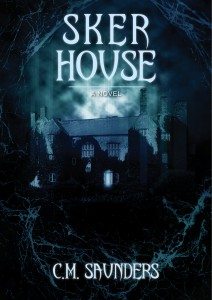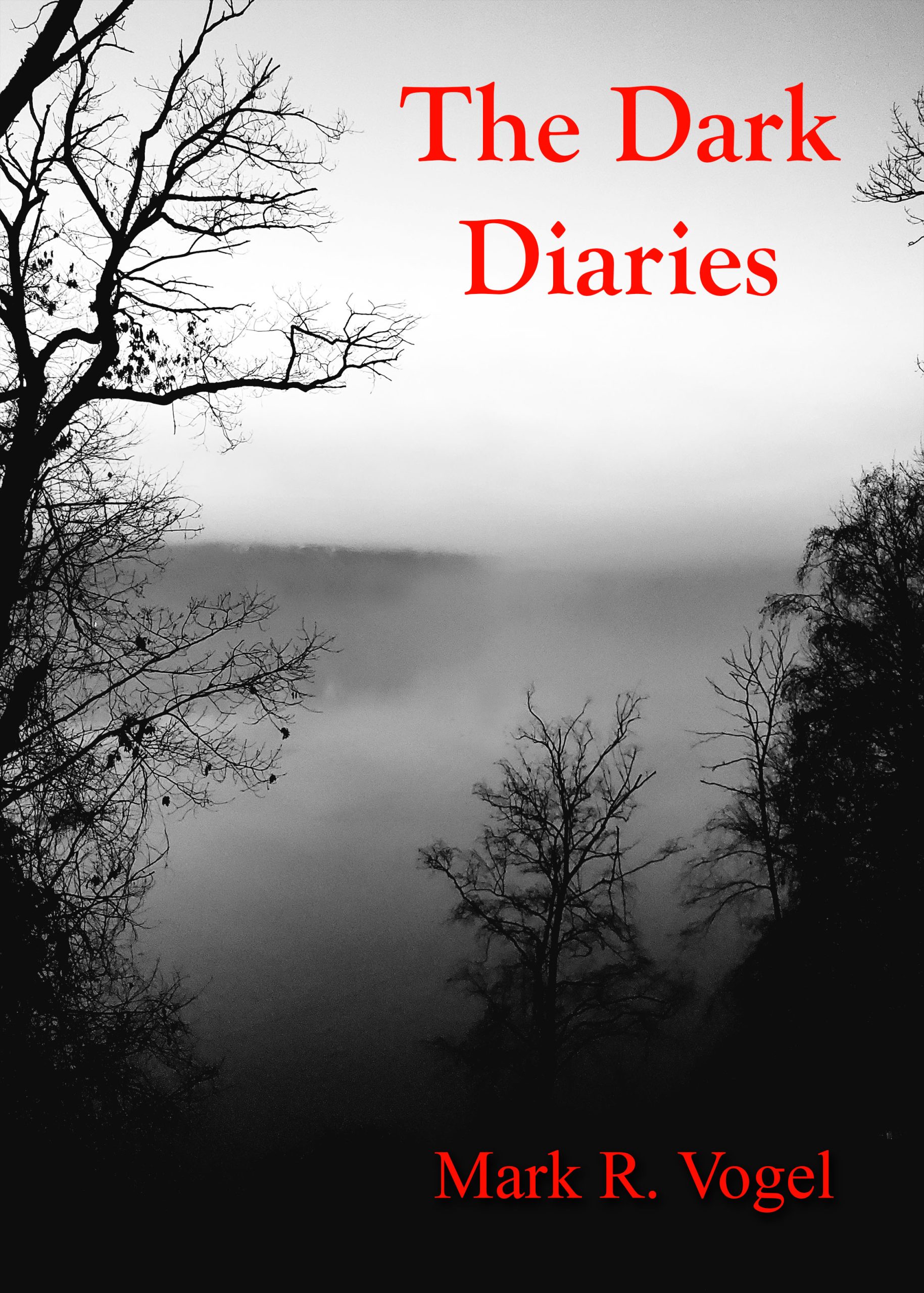 Sker House – Fact & Fiction
Sker House – Fact & Fiction
By C.M. Saunders
My latest novel, Sker House, just came out on Deadpixel Publications. It’s an old-fashioned ghost story, with a twist. Though the characters are fictional, many of the events depicted in the book actually happened, and are matters of historical record. Sker House is very much real. I visited the place with my parents many times as a child, and still remember being enchanted by its macabre history and the numerous tales of ghosts and hauntings.
Situated in Kenfig (or Cynffig to give it its Welsh spelling) on the south coast of Wales near Bridgend, Sker House is a Grade 1 listed building and widely recognized as one of the most important historical sites in the country. The main structure, now radically altered from its original form, is a huge detached rectangular building fashioned from local limestone and constructed on a north/south axis overlooking the beach. In its construction the building is unique in many ways, one of its most peculiar features being that until recently it had no front main entrance. Instead, the front of the house was adorned with two symmetrical towers through which visitors could gain access. During its lifetime, many dignitaries and prominent figures have stayed there, and visitors once travelled from far and wide to marvel at its spectral beauty. Like any historical building worth its salt, it has its fair share of ghost stories. Witnesses have reported seeing shadowy cloaked figures in the grounds and ghost ships out at sea, heard high-pitched screams and wails, and experienced crushing feelings of dread upon entering. There have also been accounts of poltergeist activity.
The history of Sker House dates back almost a thousand years to when it was first built as a monastic grange to support Margam Abbey by monks of the Cistercian order. After the dissolution of the monasteries, outright ownership of the estate changed hands several times in quick succession whilst it remained a refuge for renegade monks keen to escape persecution. In 1597, then-owner Jenkin Turberville, a staunch Roman Catholic, was allegedly tortured to death after being accused of promoting the ‘Old Religion’ in Glamorgan and in 1679, Saint Philip Evans was hung, drawn and quartered after being arrested there.
 The area seems to have been blighted with tragedy. The most famous legend tells of Elizabeth, Maid of Sker, who was imprisoned in the house by her cruel father, Isaac Williams, until she agreed to marry the man of his choosing. Her ghost is said to be seen at an upstairs window. Isaac Williams was also said to be heavily involved in wrecking, the practise of luring passing ships onto rocks to plunder their cargo. Perhaps the most famous incident of all is the Mumbles Lifeboat Disaster of 23rd April 1947, when a cargo ship called the Samtampa ran aground on Sker Point during a storm. A lifeboat, the Edward, Prince of Wales, was dispatched from nearby Mumbles, but was smashed against rocks with the loss of all hands. Everyone on the Samtampa also perished, with the total loss of 47 lives.
The area seems to have been blighted with tragedy. The most famous legend tells of Elizabeth, Maid of Sker, who was imprisoned in the house by her cruel father, Isaac Williams, until she agreed to marry the man of his choosing. Her ghost is said to be seen at an upstairs window. Isaac Williams was also said to be heavily involved in wrecking, the practise of luring passing ships onto rocks to plunder their cargo. Perhaps the most famous incident of all is the Mumbles Lifeboat Disaster of 23rd April 1947, when a cargo ship called the Samtampa ran aground on Sker Point during a storm. A lifeboat, the Edward, Prince of Wales, was dispatched from nearby Mumbles, but was smashed against rocks with the loss of all hands. Everyone on the Samtampa also perished, with the total loss of 47 lives.
By this time, Sker House had been abandoned for many years and lay derelict. It was officially declared an unsafe building in 1979. Twenty years later an expansive refurbishment project was undertaken to restore the house to something approaching its former glory. It still stands today, a living testament to its own macabre past. Its current owners don’t welcome curious visitors, but much of the surrounding land remains public property, and a footpath runs alongside the house leading down to the sand dunes which line the windswept beach below. It is there that if you are very lucky, you may just catch a glimpse of a passing ghost ship.
Sker House: A Novel is available now:
http://www.amazon.co.uk/gp/product/B01C1NBFG6
Author Website:
https://cmsaunders.wordpress.com/
Follow him on Twitter:
@CMSaunders01








Trackbacks/Pingbacks